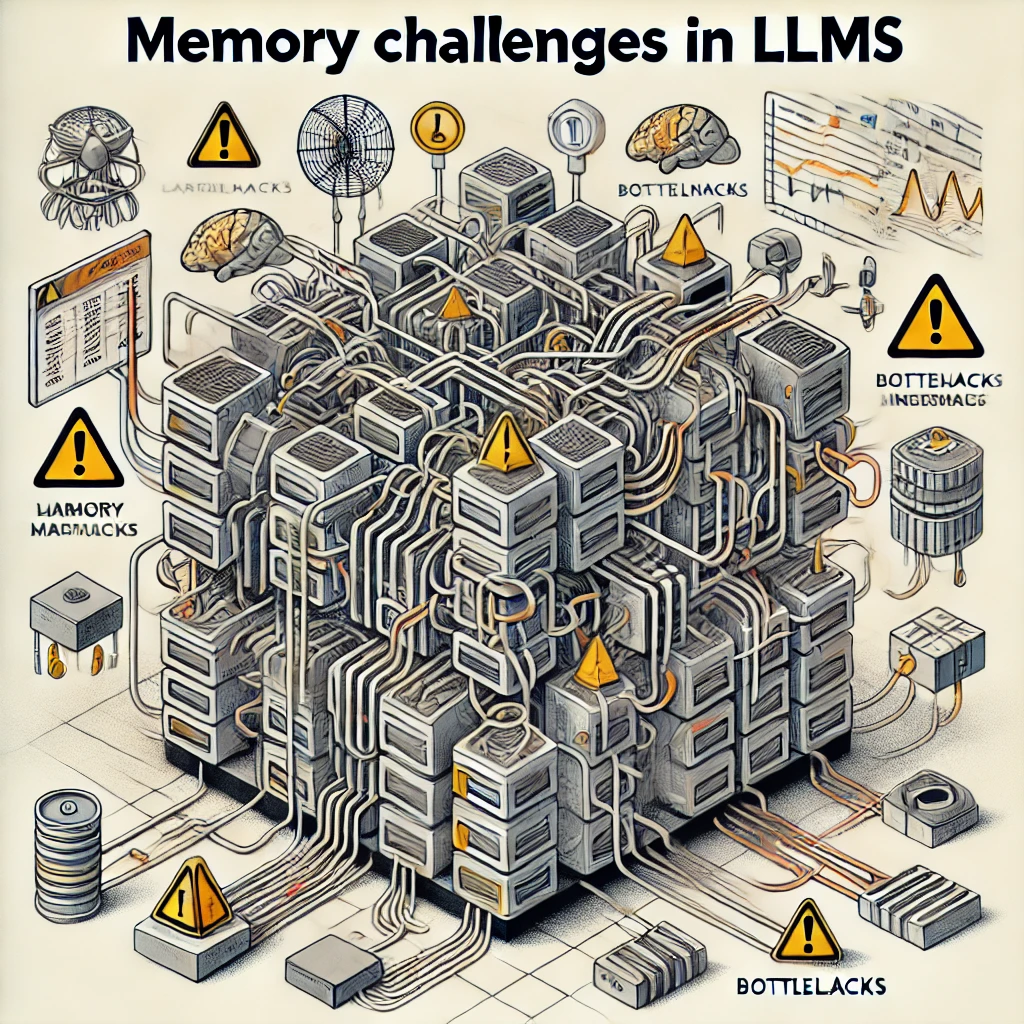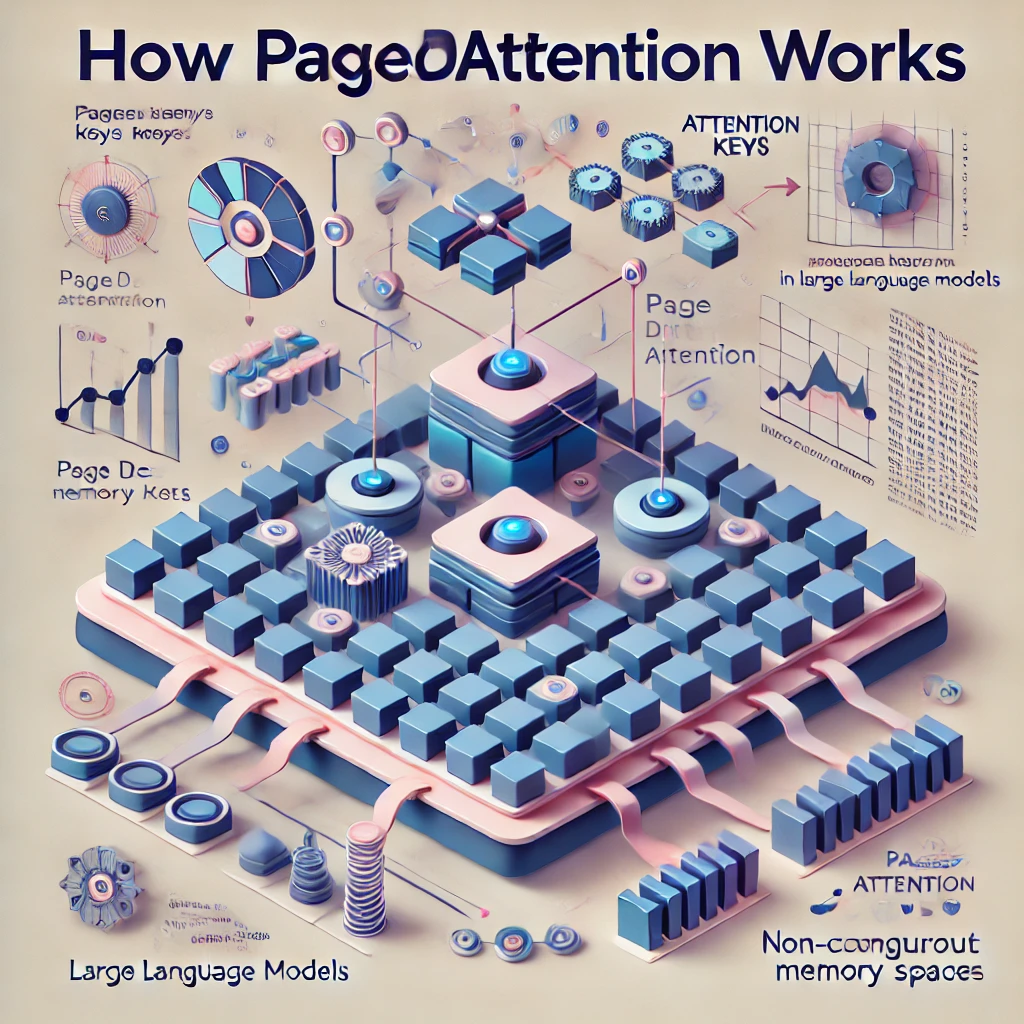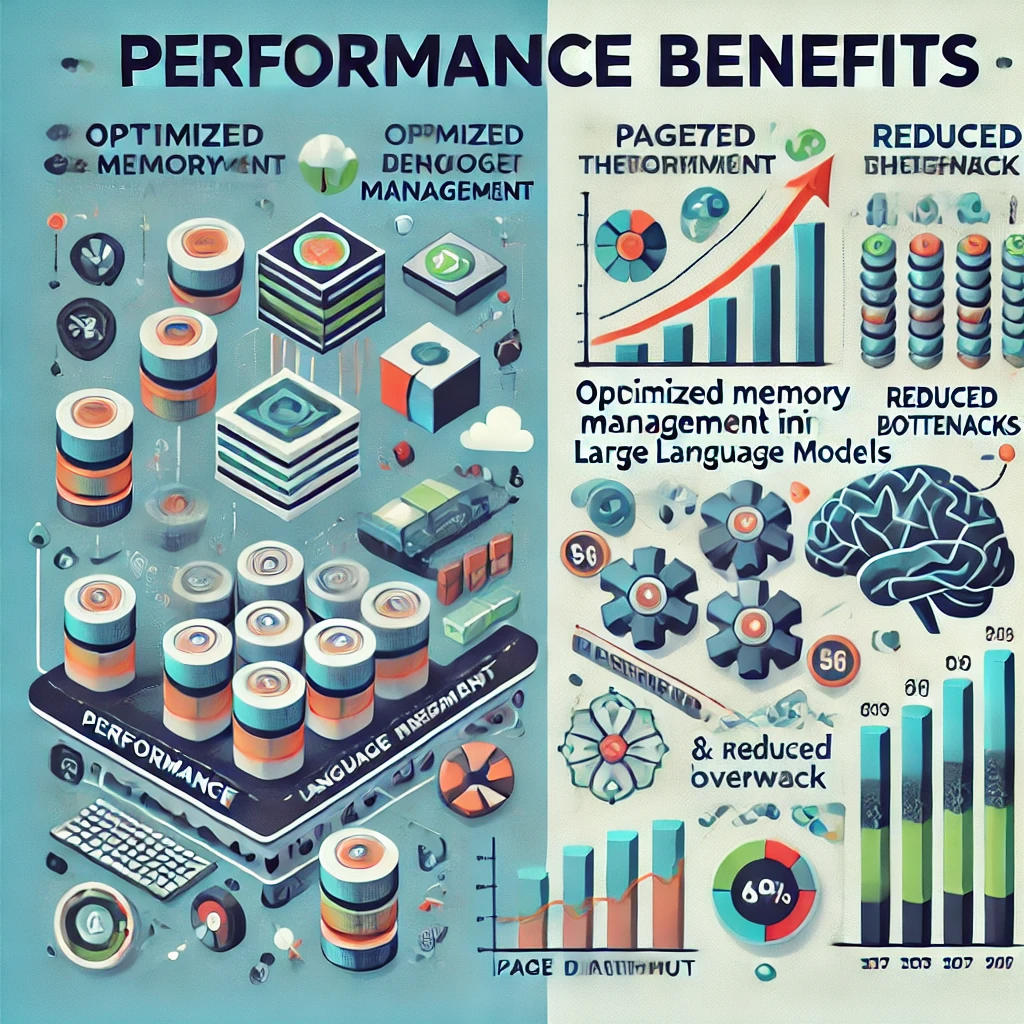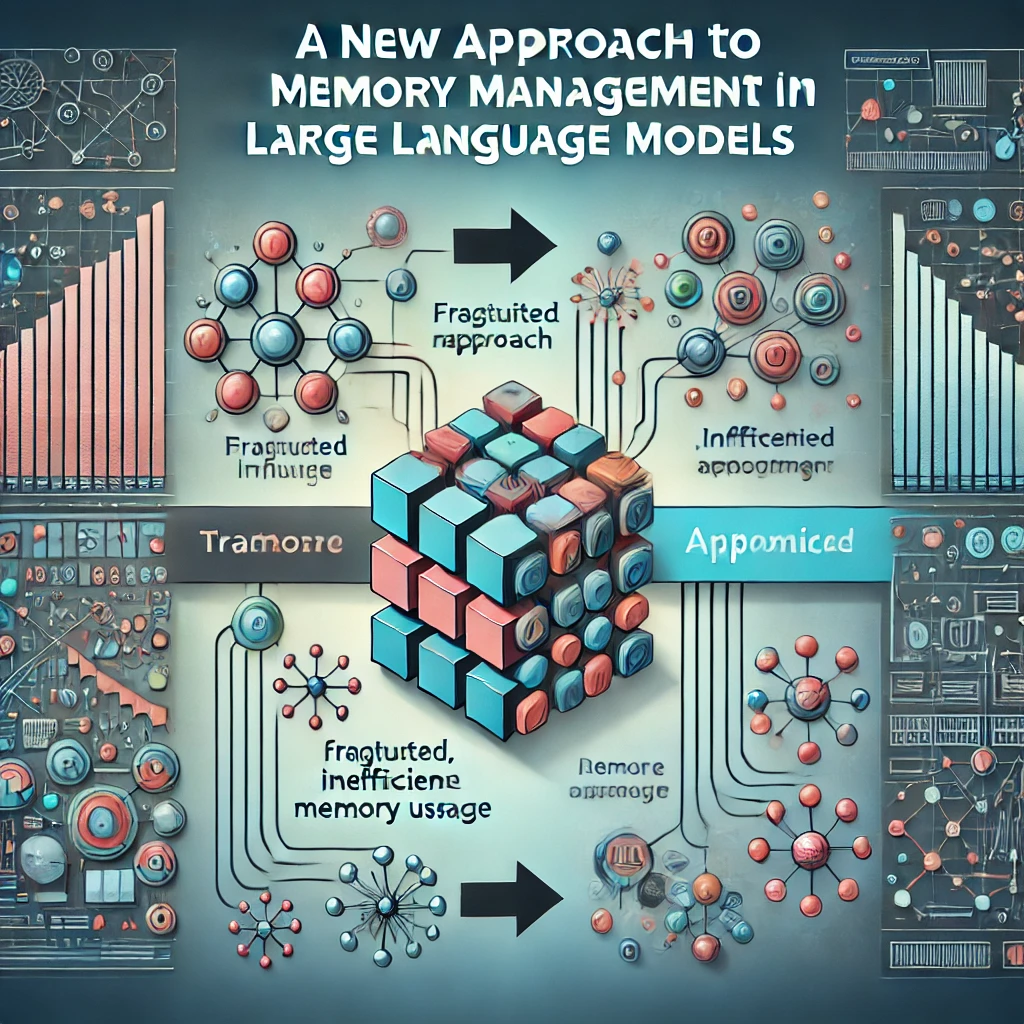In the rapidly evolving field of artificial intelligence, large language models (LLMs) like GPT-3 and BERT have become essential tools for a wide range of applications, from natural language processing to content generation. However, the performance of these models is heavily dependent on how efficiently they manage memory, particularly during the attention mechanism. PagedAttention emerges as a cutting-edge memory management technique that optimizes the way LLMs handle memory, paving the way for faster and more efficient inference.
Introduction

PagedAttention is a novel memory management approach designed specifically for large language models (LLMs). As LLMs continue to grow in size and complexity, managing memory efficiently has become a critical challenge. Traditional attention mechanisms often struggle with memory bottlenecks, which can significantly slow down the inference process and increase computational costs. PagedAttention addresses these challenges by introducing a more efficient way to handle attention keys and values, allowing for better memory utilization and higher performance.
Efficient memory management is crucial for optimizing the performance of LLMs, especially as models scale up to billions of parameters. By reducing memory overhead and improving throughput, PagedAttention enables LLMs to deliver faster responses and handle larger inputs without sacrificing accuracy. This article delves into the mechanics of PagedAttention, its advantages over traditional methods, and its impact on the performance of large language models.
Memory Challenges in LLMs

Memory Bottlenecks in Traditional Attention Mechanisms
Large language models rely on attention mechanisms to process input sequences and generate meaningful outputs. However, these mechanisms often face significant memory bottlenecks, particularly when dealing with long input sequences or large batch sizes. The attention mechanism requires storing and accessing large amounts of data, including attention keys, values, and query matrices, which can quickly exhaust available memory resources.
Traditional attention mechanisms typically store these data points in contiguous memory spaces, which can lead to inefficient memory usage and slow processing speeds. As the size of the model and the complexity of the tasks increase, these memory bottlenecks become more pronounced, limiting the model’s ability to scale and perform efficiently.
How PagedAttention Works

Managing Attention Keys and Values in Non-Contiguous Memory Spaces
PagedAttention introduces a new way of managing memory by storing attention keys and values across non-contiguous memory spaces. This approach allows for more flexible and efficient use of available memory, reducing the need for large contiguous blocks of memory that are often difficult to allocate in high-performance computing environments.
In traditional attention mechanisms, memory fragmentation can lead to significant inefficiencies, as large blocks of memory must be reserved for storing attention keys and values. PagedAttention overcomes this limitation by breaking down these memory requirements into smaller, more manageable segments that can be stored in non-contiguous memory locations. This not only reduces memory overhead but also improves the overall speed and efficiency of the attention mechanism.
To better understand how PagedAttention works, consider the following analogy: Imagine a library where books are typically stored on a single shelf in a specific order. If the shelf runs out of space, additional books cannot be stored without disrupting the existing order. PagedAttention allows the library to store books on any available shelf, even if they are not adjacent to one another, making it easier to add more books without running out of space or disrupting the existing arrangement.
Performance Benefits

Higher Throughput and Reduced Memory Overhead
One of the most significant advantages of PagedAttention is its ability to deliver higher throughput compared to traditional attention mechanisms. By efficiently managing memory and reducing fragmentation, PagedAttention allows LLMs to process larger inputs and generate outputs more quickly, without being constrained by memory limitations.
In performance benchmarks, PagedAttention has demonstrated up to 24x higher throughput than traditional attention mechanisms, making it a game-changer for applications that require real-time processing and high levels of parallelism. Additionally, PagedAttention reduces memory overhead by optimizing how attention keys and values are stored and accessed, allowing LLMs to operate more efficiently even in resource-constrained environments.
When compared to other memory management techniques, PagedAttention consistently outperforms in terms of both speed and memory efficiency. This makes it an ideal choice for deploying LLMs in production environments where performance and scalability are critical.
Conclusion
PagedAttention represents a significant advancement in memory management for large language models, including those utilizing vLLM. By addressing the memory bottlenecks that have traditionally limited the performance of LLMs, PagedAttention enables faster, more efficient processing, allowing these models to scale and perform at their full potential. As the demand for powerful AI applications continues to grow, techniques like PagedAttention and the integration with vLLM will play a crucial role in ensuring that large language models can meet the challenges of the future.
Whether you are deploying LLMs with vLLM for real-time applications, content generation, or complex data analysis, PagedAttention offers the memory optimization needed to achieve higher throughput and reduced overhead. By understanding and implementing PagedAttention in conjunction with vLLM, developers can unlock new levels of performance and efficiency in their AI models, setting the stage for the next generation of intelligent systems.
